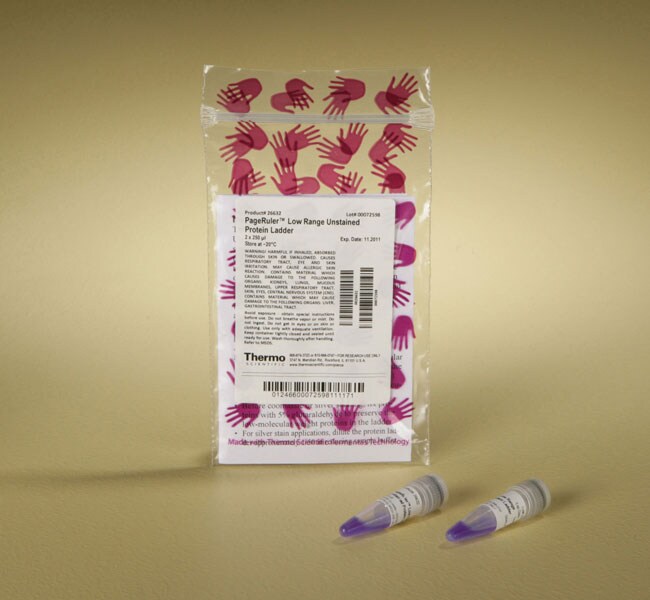Search Thermo Fisher Scientific
- Contáctenos
- Orden Rápida
-
¿No tiene una cuenta? Crear una cuenta
Search Thermo Fisher Scientific

| Número de catálogo | Cantidad |
|---|---|
| 26632 | 2 x 250 μl |
Para uso exclusivo en investigación. No apto para uso en procedimientos diagnósticos.
Compartir número de catálogo, nombre o enlace.